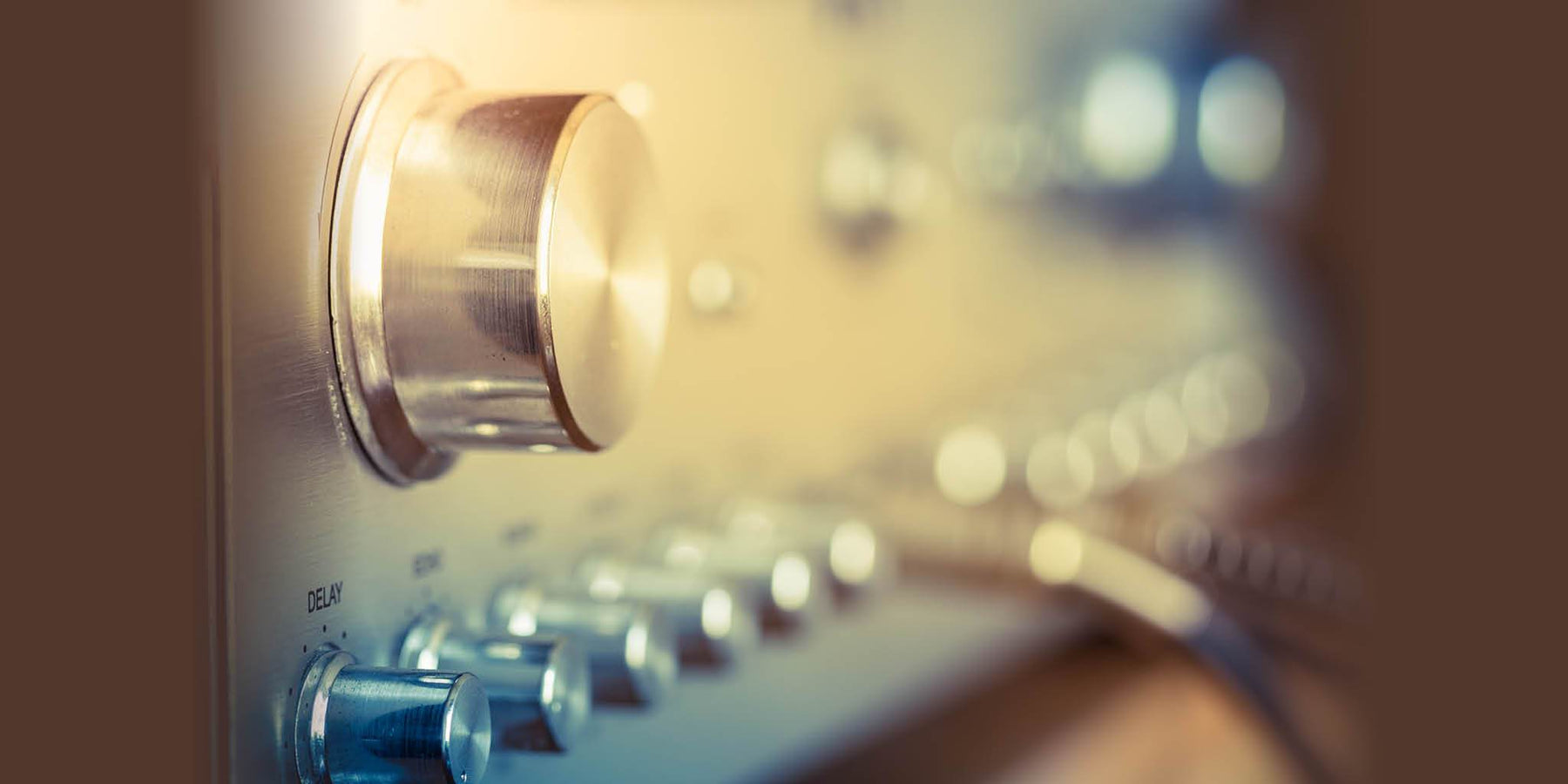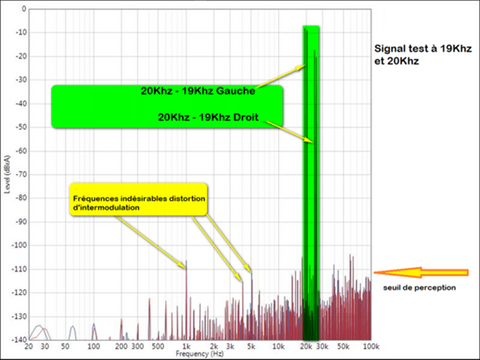
What is high fidelity?
To understand what happens when you listen to music, you need to know what constitutes the basis of it. It is well known that the art of music is made up of sound, but what must be faithfully reproduced when listening to it via an audio set?
When a device or speaker reproduces music, the challenge is to reproduce the various aspects of that music as it is. Without these fine details, the emotion of the artist will simply not reach the listener...
To do this, the following should be monitored:
Frequency and harmonic.
Fundamental and harmonic frequencies of notes.
Sounds have two components that allow us to distinguish them, the fundamental and the harmonic.
The frequency fundamental is the frequency at which the note vibrates, which gives the tone that determines the position on the scale. L'harmonic, is the accessory component to the note that gives the instrument its distinctive tone. For example, when a musician plucks a bass guitar string, the drier sound that accompanies the note is made up of overtones. Without overtones, instruments would all sound the same and human voices would all sound the same...
Guitars of all kinds, various sounds.
The distortion
Distortion is a deviation from the original. When a device creates distortion, it changes the sounds in such a way as to make them less true to the source. Sometimes this is hardly noticeable, while in more severe cases it is overtly unpleasant.

Two types of distortion are of concern to audiophiles, harmonic distortion, which affects the timbre by altering the harmonics, andintermodulation distortion, which causes the phonological units from low to high frequencies to influence each other, resulting in a confused sound.
Unwanted background noise
Another challenge for the audiophile's equipment is to reproduce the music, and only the music.
Left to their own devices, electronic devices let through sound interference that sounds like hissing and buzzing. They are expressed in decibels and correspond to the level of amplification at which this residual noise starts to be heard.
A ratio of minus one hundred decibels (-100) will mean that at 100 decibels of sound power, residual noise begins to affect performance.

The higher the number, the better. Indeed, as well as being distracting, background noise will rob the amplifier of power and dynamism, as the amplifier works to push out these unwanted sounds in favour of the music itself.
Effective power
In addition to timbre, music is dynamic; that is, it varies in amplitude constantly. In order to keep up with the fortissimo movements of the music, we need power reserves. This power is expressed in watts, which is a measure of the heat produced as a result of work; the greater the power released, the more heat or watts will be produced.
It is advisable to choose a more powerful device so that it can cope with the demand without being overloaded, which will lead to unwanted distortion.
Comfortable, uncompromising listening means hearing the softer passages loud enough to hear the more dynamic passages without restriction. To achieve this goal, 100 watts per channel is a good start.
Power will not tell the whole story, as the reserve capacity will vary from one amplifier to another. In order to make the right choice, it will be necessary to check the construction and amplification principles such as class "A", "B" or hybrids such as "D", etc.

Power indicators on meter view.
Watts vs. Distortion
A good trick of the manufacturers is to present the high power of their devices as an absolute. In fact, the advertised power only matters if it occurs at low distortion. The same amplifier can deliver 80 watts with a very low distortion of 0.002% (sounds like 2 thousandths of 1 percent), but if you push it to 110 watts, it will do so, but with a huge 10% deviation (sounds like AM radio). The manufacturer who advertises his products with a high power rating without worrying about the level of distortion is doing his customers a disservice...
What good is strong if it's not beautiful?
The Stereo channels
In the jargon of electronics, we are told that this or that is "per channel"; we are actually talking about the left and right channels for listening to music.
Stereophonic sound, more commonly known as stereo, is a method of reproduction that allows for the spatial effect.
Spatial effect of stereo

A sound effect that aims to reconstitute the spatial distribution of the original sources.
Under ideal conditions, the listener hears sounds as if they were in nature or as if they were in front of the orchestra at a concert. The accuracy of the sound rendering has a great influence, as it is what makes it possible to distinguish between what comes from the left or the right and from the front to the back.
The damping factor
The dampingfactorof an amplifier is a value that is more rarely disclosed by manufacturers and, generally, only at the high end of the market. When an amplifier induces a speaker to react, the speaker physically resists the required movement. This resistance will return an opposite effect to the amp via its electrical wiring, so the quality will be impaired. The loudspeaker membrane will not follow the required movements and fidelity will be lost. A high damping factor will guarantee a better control of the loudspeaker, which will have to follow faithfully the movement requested.

Bass, Mid and High
To put it plainly, depending on taste, some people prefer to pay attention to the bass to physically feel its effects, while others prefer the mediums that include the human voice, as well as the majority of instrumental sounds. For others, it will be to hear with distinction the high-pitched sounds such as the twinkling of cymbals and other fine percussion.
The devices generally allow this to be adjusted, although more and more people prefer to listen as is, without alterations.
Good equipment and loudspeakers should maintain the integrity of the music being reproduced. Depending on one's personal taste, the musical expression of the artist should be the choice, not the propensity for overkill of the equipment.

Low, Medium and High.
